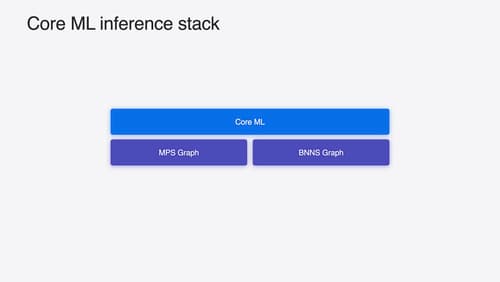stateobject
Asked on 2024-10-24
1 search
The concept of "state" in machine learning models, particularly in the context of Apple's Core ML, refers to the ability of a model to retain information across different runs or inferences. This is particularly useful for models that need to maintain a history or context, such as language models that generate text based on previous inputs.
In the session titled "Bring your machine learning and AI models to Apple silicon," it was discussed that Core ML now supports stateful models. This means that the model can automatically update state tensors without needing to define them as inputs or outputs, which can lead to better performance. An example given was an accumulator that keeps track of the summation of all historical inputs, where the state is initialized to zero and updated with each new input.
Similarly, in the session "Deploy machine learning and AI models on-device with Core ML," it was explained how state can be used to manage a key-value cache (KV cache) in language models. This reduces the overhead and improves inference efficiency by avoiding the need to recompute previous word vectors at each step.
For more detailed information on stateful models, you can refer to the chapter on "Stateful model" in the session Bring your machine learning and AI models to Apple silicon (13:35).

Bring your machine learning and AI models to Apple silicon
Learn how to optimize your machine learning and AI models to leverage the power of Apple silicon. Review model conversion workflows to prepare your models for on-device deployment. Understand model compression techniques that are compatible with Apple silicon, and at what stages in your model deployment workflow you can apply them. We’ll also explore the tradeoffs between storage size, latency, power usage and accuracy.

Deploy machine learning and AI models on-device with Core ML
Learn new ways to optimize speed and memory performance when you convert and run machine learning and AI models through Core ML. We’ll cover new options for model representations, performance insights, execution, and model stitching which can be used together to create compelling and private on-device experiences.

Support semantic search with Core Spotlight
Learn how to provide semantic search results in your app using Core Spotlight. Understand how to make your app’s content available in the user’s private, on-device index so people can search for items using natural language. We’ll also share how to optimize your app’s performance by scheduling indexing activities. To get the most out of this session, we recommend first checking out Core Spotlight documentation on the Apple Developer website.
